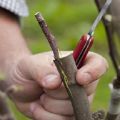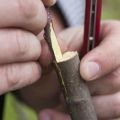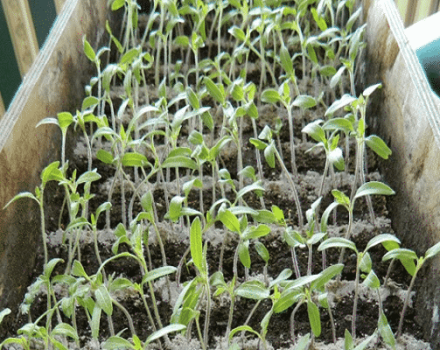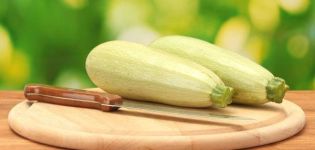Instructions on how to properly plant a rose on a rosehip in the fall
How to plant a rose on the stem of a rose hip in summer or autumn? Several methods of plant grafting are known. As practice has shown, the simplest and most effective is budding with an eye. A sleeping rose bud is grafted onto the trunk of a growing two-year-old rose hip from late July to September. With this method of vaccination, the result is immediately visible. If the kidney does not take root, budding can be done again.
What is it for?
Grown from a cuttings and having its own roots, a rose purchased from a garden store can be planted in a flower bed in spring. It will bloom all summer, and may not survive until next season. After all, most hybrid varieties are not adapted to severe winters. Own-rooted roses often disappear in the first years of life. In frosty winters, young seedlings sometimes freeze, however, thanks to dormant buds, they sometimes recover in spring.
If you plant a rose on a rose hip, the vitality of the plant will increase. The grafted flower is not afraid of the winter cold, illness, adverse weather conditions (rain, drought) in the summer season.
Advantages and disadvantages of the method
The benefits of grafting a rose on a rosehip:
- the frost resistance of the flower increases;
- increases immunity, resistance to many types of diseases;
- the plant adapts more easily to any weather conditions;
- the rose starts flowering faster.
Disadvantages of the method:
- rosehip used as a stock can give rise to growth;
- the scion and rootstock may not grow together on the first try.

Types of roses and rose hips used for budding
A rose is grafted onto a rose hip so that the scion is enhanced by the beneficial qualities of the stock. Wild rose hips (May or dog) are taken for inoculation. The stock should have good immunity, increased resistance to frost, drought, waterlogging, and a low tendency to form root growth.
As a scion, you can take roses of the following varieties: hybrid tea, climbing, semi-climbing, bush, floribunda, polyanthus, grandiflora. The eyes of roses are grafted to the root collar of the rose hips. In this case, a frost-resistant bush is obtained. You can inoculate to the stem of the rose hip. You will get a bole, that is, a tree on a high leg with a lush crown at the top.

When to plant a rose on a rosehip
The dormant eye vaccination is best done in the summer. The buds on roses are ready for budding from the end of July, all of August, until September, that is, immediately after the roses have faded. In summer, plant juices move intensively, so the rootstock and scion grow together faster. You can vaccinate in early spring.In this case, not a dormant, but a sprouting rose bud is taken, which will immediately begin to grow.

Stock selection rules
Rosehips intended for rootstock are grown in advance. At the time of vaccination, he must be 2 years old. Rosehips are harvested in autumn, the seeds are immediately sown into the ground to a depth of 5 centimeters to form a long root collar. The next spring the sprouts will sprout.
In early summer, they pinch the top to form a strong root system.
Once a month, the bushes are fed with minerals. Before frost, they are mulched with humus. After 2 years in the middle of summer, the seedlings are ready for budding. At this point, the thickness of the root collar should be 4 millimeters. If the thickness of the neck is 8 millimeters, then such seedlings are not oculated, but used for grafting with a handle. It is made at the end of autumn.
Two weeks before budding with an eye, the stock is prepared. It is regularly watered, as a result of which the cambium is saturated with moisture, and the bark is well separated.

Scion preparation
If the grafting is done in the summer, then they choose roses that have already faded. On the day of budding, cuttings are harvested, from which dormant eyes are taken. They are cut from the middle of the lignified stem of the selected variety. Young, annual twigs, on which flowers have not yet blossomed, are not suitable for budding.
The scutellum with the sleeping kidney is cut off with a special knife. The leaf is cut off, leaving a stalk that you can hold on to during budding. The bark and kidney should remain on the shield.

Vaccination process
How to properly make budding (inoculation with a sleeping eye):
- budding is carried out from the end of July to September;
- rake the earth from the rosehip bush, release the root collar;
- the neck is wiped with a cloth and a T-shaped incision is made on it;
- the bark on the rosehip is separated from the wood and immediately pressed back so that the cambium does not oxidize;
- a rose peephole, similar to a shield, consisting of bark and buds, is inserted into the incision, and the wood is removed from the shield;
- the scion is tightly pressed against the stock and wrapped with tape;
- the grafted plant is spud with damp earth, not reaching the grafting site, so that the bud does not dry out, but does not get dirty.
After 2-3 weeks, the vaccination result is checked. The grafted kidney should remain green and even grow slightly. The petiole left on the eye should fall off when touched. You can loosen the bandage of the surviving vaccine.
In November, the grafted plant must be sprinkled with earth high and insulated. The next spring, the bandage can be completely removed, and the upper part of the rose hips can be cut off to the grafted eye. The wound must be covered with garden pitch.
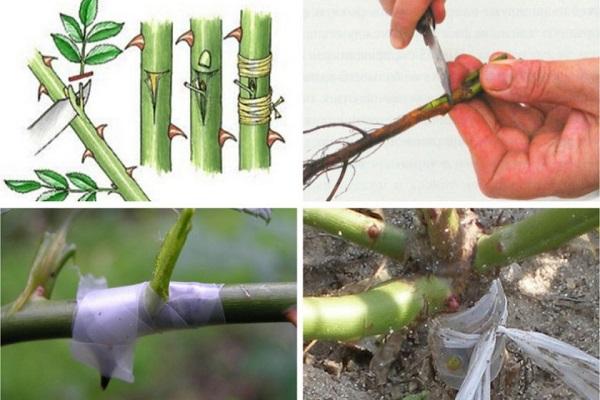
The specifics of grafting standard roses
For grafting standard roses, dog or wrinkled dog rose is used. A shrub 2 years old is suitable for the stock. One, the strongest, erect trunk is taken from the dog rose. Its height should be 1.5 meters.
Budding is done not on the root collar, but on the stem of the rosehip. A low standard rose bush is obtained if the peephole is inserted into the trunk at a height of 80 centimeters, the middle one is 1.2 meters, and the high one is when budding at a height of 1.5 meters.
The inoculation is done at once by 2-4 kidneys. They are inserted into the bark of the rose hips from different sides. The side branches of the shrub are removed. For a high stem, climbing and semi-climbing roses are suitable, for a medium - hybrid tea, floribunda, polyanthus, for a low one - low-growing varieties. During grafting, a T-shaped incision is made on the bark of the rosehip. A rose peephole is inserted into it. The vaccination site is wrapped with tape or bandage. The kidney itself is left open.

After 2 weeks, you can check the condition of the eye. If the kidney turns black, the vaccine has failed. If the peephole is alive, green, swollen, then the budding was carried out correctly.This vaccination is usually done in the summer (from late July to September). A sleeping rose bud is inserted into the bark of the rose hip. For the winter, the vaccination site is insulated, wrapped in burlap.
In the spring, the bud is opened, the branches of the rose hip are cut off with a pruner over the grafted eye. The wounds are covered with garden varnish. From the eyes grafted to the rosehip, shoots grow. Over time, the branches need to be pinched to stimulate the growth of the lateral processes. During the summer, near the rose hips, you need to constantly remove the root shoots.
When the stem grows up, it can be tied to a support so that the plant does not lean to the ground under the weight of the branches.
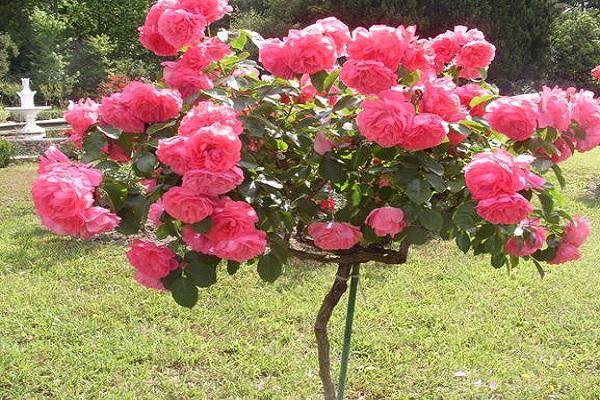
Plant care after grafting
After inoculation, the kidney grafted to the root collar is not touched. The graft must grow together with the stock. The main thing is that no earth gets into the grafted place, otherwise the kidney will not take root. Usually the eye of a rose grows together with a rose hip after 2-3 weeks. At the end of autumn, the grafted plant is sprinkled high with earth and covered with dry leaves. Warmed dog rose tolerates winter well.
In the spring, closer to May, the bandage is removed from the grafted place, and the rosehip bush is cut to the very bud (one centimeter above the eye). The wound is treated with garden pitch. After 2-3 weeks, the bud germinates. Grown up shoots in the summer are pinched to form a branched crown.

If the weather is dry, the grafted plant should be watered sparingly. At the beginning of the growing season, the rose can be fed with organic matter or nitrogen supplements. In summer, the plant is fertilized with potassium and phosphorus. The grafted rose is protected from diseases and insects, sprayed with fungicides and insecticides.
During the summer, the land near the plant must be loosened, weeds plucked, and germinating shoots removed. By autumn, 3-5 skeletal branches should be formed on a young bush. Closer to winter, it can be insulated. The rose will bloom next summer.
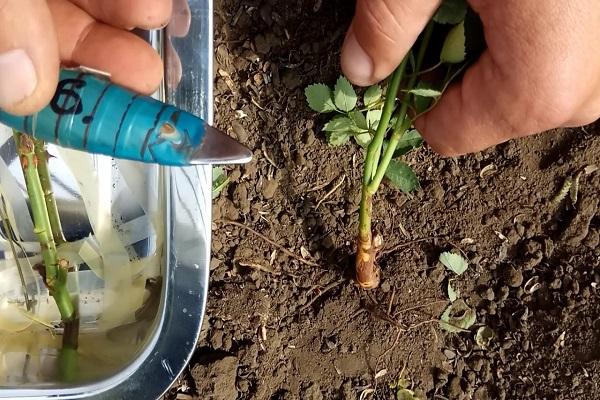
Florist tips and mistakes
It is better to inoculate with an eye in the summer, on a growing live rosehip. After 2-3 weeks, you can check the survival rate of the eye. Rose cuttings are harvested on the day of vaccination. If the procedure had to be postponed for some reason, the twigs can be wrapped in a damp cloth and put in the refrigerator. In this state, they can be stored for two weeks.


